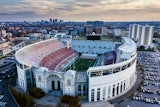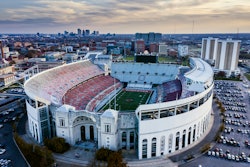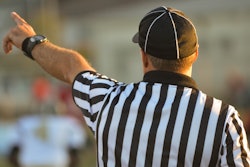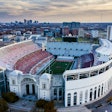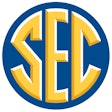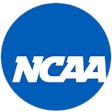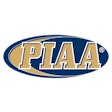Officials doing exactly what officials are supposed to do may yet face the prospect of tort litigation.
An inadvertent collision on a football sideline that led to a coach's brain injury is, five years later, still causing all sorts of headaches for a regional association of officials and the national organization that oversees them.
In 2004, working a football game between Fox Tech and Brackenridge high schools in San Antonio, Texas, Charles Harpole, one of a team of five officials, was running down a 6-foot-wide swath in front of the Brackenridge bench that is supposed to be kept clear for officials trailing a play. Running full speed upfield, Harpole collided with an assistant coach, Terry English, knocking both unconscious. Harpole recovered fully from the incident and has since returned to officiating, while English was left with impaired memory and was forced to retire from teaching and coaching.
Since the accident, the two have become friends, and English reportedly harbors no ill will toward Harpole. However, in 2006, the coach's insurance carrier, Midwest Employers Casualty (from whom English collected worker's compensation benefits), sued Harpole, the team of officials and the Texas Association of Sports Officials (TASO), claiming their negligence caused English's injuries. Midwest argued that the officials failed to enforce a rule that bars coaches from standing in the sideline area where English was injured and that English was not warned to stay out of the officials' box, among other claims. TASO was severed from the original suit, and the officiating crew won a summary judgment in trial court, but Midwest has appealed the verdict to the Fourth Court of Appeals in San Antonio.
An amicus curiae brief filed in April by the National Association of Sports Officials pointed out that Harpole was doing exactly what an official is supposed to be doing. In the event that the trial court's verdict were overturned, NASO added, "nearly all of [NASO's] members do now or will in the future face the prospect of tort litigation concerning any sideline collision, or indeed any collision with a wayward coach, substitute player, athletic trainer, team physician, school employee, security officer, spectator or any other person who may be in close proximity to a sideline at an athletic event."













